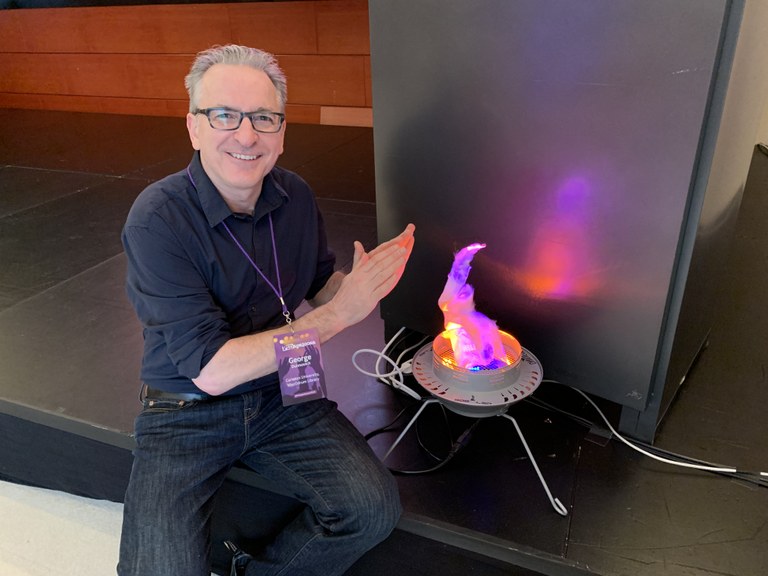Meet the FREYA Ambassadors: George Duimovich
FREYA counts on a very active group of ambassadors. We wish to introduce them here in the series: Meet the FREYA Ambassadors. This time you can read about George Duimovich.
What is your role in the world of PIDs?
I led a number of key initiatives supporting PID use & adoption at Carleton University, including DOI, author ID, and org ID initiatives. Our approach has been to be broad and reasonably agnostic in our identifier strategies, understanding that PID evolution is more ecosystem than single solution. A big focus has been author disambiguation (including ORCID adoption), DOIs for local content, as well as some foundational work around PIDs for other content types.

Why did you become a FREYA ambassador?
I really enjoy sharing insights and best practices for PIDs and believe in their critical role in supporting scholarly communications. Advocating for the role and benefits of PIDS is even better when you’re able to benefit from the work of the FREYA project and with other PID advocates internationally. The Freya project is very unique, and will hopefully persist beyond its current 3 year mandate.
What would your perfect (PID) world look like?
I think in a perfect world we’d have done much of the work to develop extensible infrastructure that is supported and well maintained, while achieving a good balance between researcher engagement and seamless transparent use of PIDs for various user communities. PID implementations tend to go through phases alternately requiring advocacy, engagement, and community awareness building, then eventually becoming part of the default best practice.
Two areas that will be particularly challenging include the proliferation of content types that would benefit from PID-enabled infrastructure, and extending PID adoption and support to the more specialized domains, especially content producers working outside of the better funded dominant research publishers and their generally well funded infrastructures. More specifically, this would include micro & self publishers, non-governmental organizations and smaller research presses creating compelling content.
What do you think FREYA will offer to the PID services more generally? How do you think you might apply FREYA’s outputs such as the PID Graph in your work?
There are few research and advocacy projects focussed on the growing role of persistent and open identifiers and I think that this contribution makes Freya’s initiatives so valuable to the community. Freya’s PID Graph, though seemingly simple from a high level view, is a non-trivial undertaking and the various use cases highlighting aggregation and exposing related research objects would be very welcome. Beyond a compelling role in supporting discovery, I also see the potential benefit with PID graph service integrations for validating the extent and ‘health’ of the connectedness and relatedness exposed within the PID graph. So for the researcher, the PID graph(s) would support new discovery & “relatedness” features, and for content producers this would support enhanced knowledge organization, access and data quality via PID graph integrations.
More information
Works at MacOdrum Library, occasionally tweets from @parserlibrarian